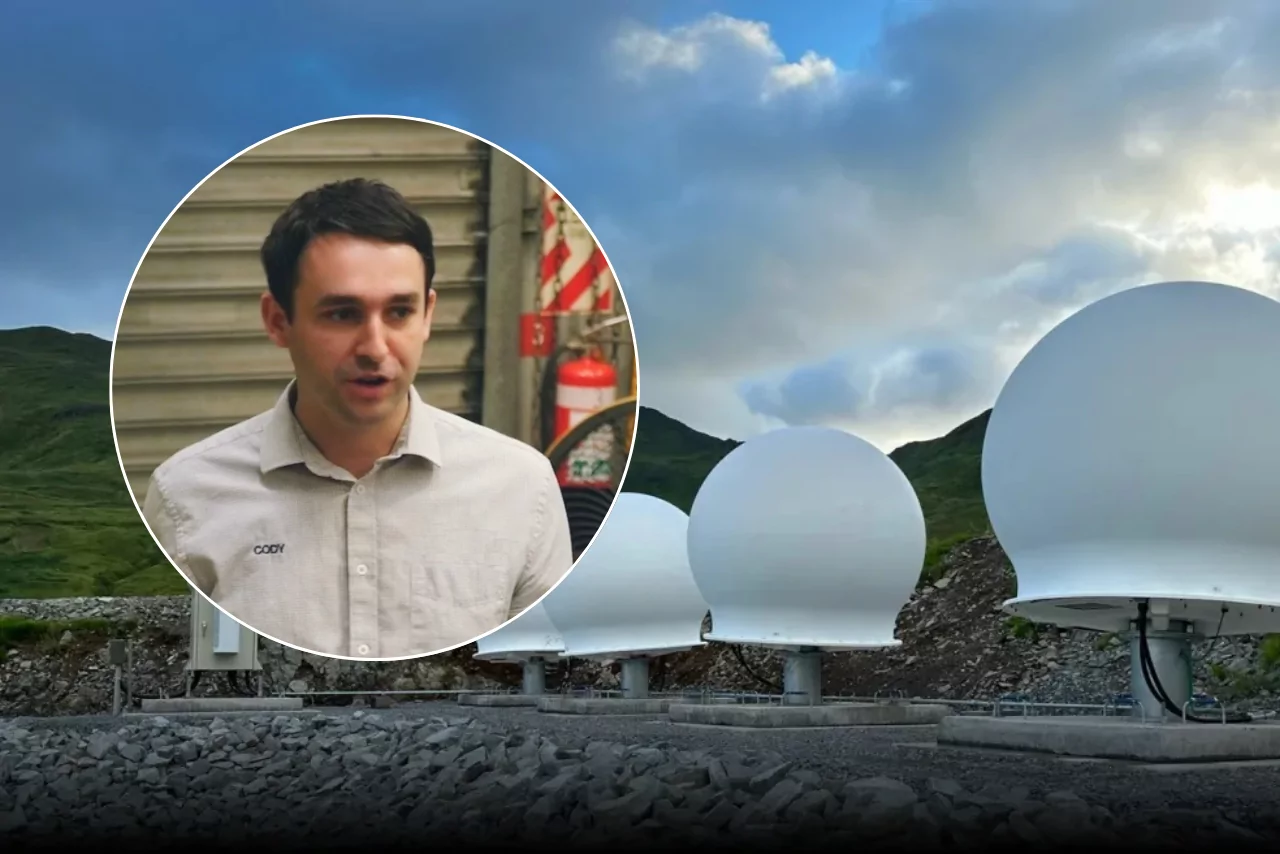Maths trial shows dramatic progress for students in only 12 weeks
A nationwide maths acceleration trial has shown major gains for Year 7 and 8 students...

A proposed SpaceX Starlink earth station in Hornby has been described as a major vote of confidence for the suburb’s business future.
Consent documents reveal the site will host up to 40 dish antennas, each with a diameter of 1.6 metres, enclosed in dome shrouds measuring 2.2 metres wide and 2.8 metres high. The antennas will be mounted on short steel poles fixed to concrete pad foundations.
Hornby Community Board candidate Cody Cooper said the development, planned for a site on Springs Road, showed real investment was flowing into the area.
“Hornby is a community that supports our wider region. This project proves that. Once delivered, it will mean faster, more reliable internet for all Cantabrians – but especially those who still can’t get fibre today,” he said.
Cooper said the investment highlighted Hornby’s strengths for business.
“It’s fantastic to see real investment flowing into Hornby. This is recognition that we have what businesses need, lots of commercial and industrial land, reliable electricity and high-speed internet. A satellite ground station here proves Hornby is a great place to do business.”
However, Cooper pointed to the resource management process as an example of unnecessary red tape, saying the consent application ran to more than 500 pages.
“About the only reason the consent application was even required was because the protective domes around the dishes are slightly too large. That one minor rule triggered more than 500 pages of reports,” he said.
The equipment will be contained within a compound, supported by a “head end” cabinet connected to the local fibre network through an underground line. A power transformer will be installed outside the compound to connect to the underground electricity network.
The proposed gateway station is located within the Industrial Heavy Zone, an area characterised by large industrial developments and low visual sensitivity.
The site and its immediate surroundings do not currently contain other telecommunication or radio communication facilities, meaning the station will not contribute to a cluster of similar structures.
Consent documents note the station is not located near residential areas or open spaces, with the viewing audience expected to be primarily industrial users.
The antennas will be largely screened from view by a 2.5-metre-high fence, with only the tops of the dome shrouds visible.
The site has previously been used as a quarry, landfill and asphalt yard, and is already heavily contaminated.
“What’s the negative environmental effects from this consent? There are none. It will almost certainly be approved anyway, but only after consultants have charged thousands to write reports that common sense could have settled on day one,” Cooper said.
He said the focus should be on cutting bureaucracy and encouraging projects that benefit both Hornby and Christchurch.
“Anyone investing, likely, millions into a satellite ground station has already done their research.”


